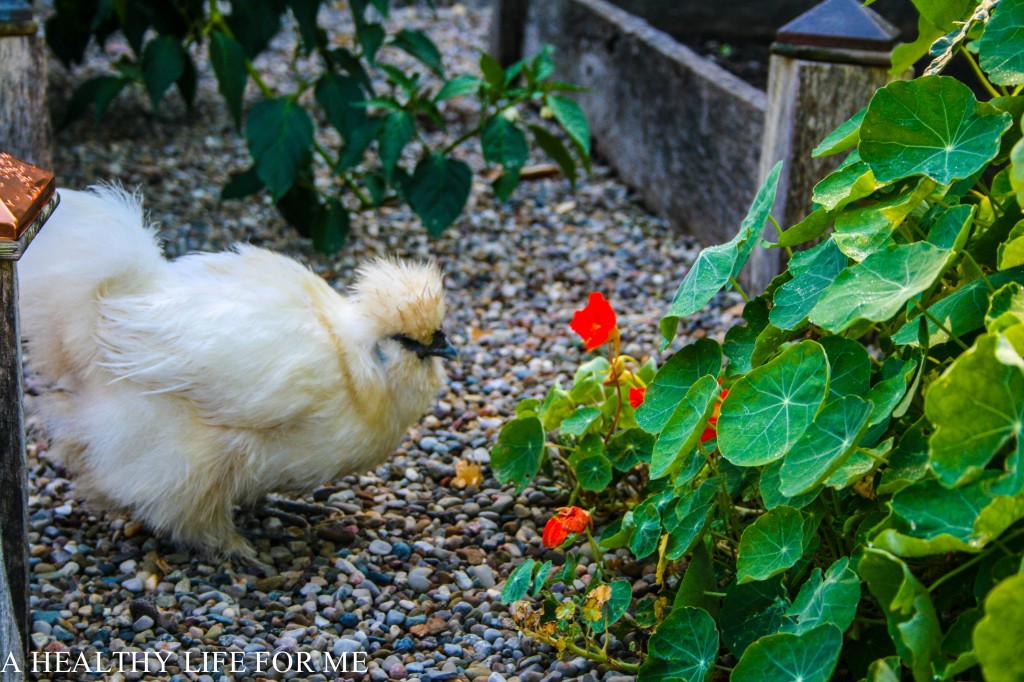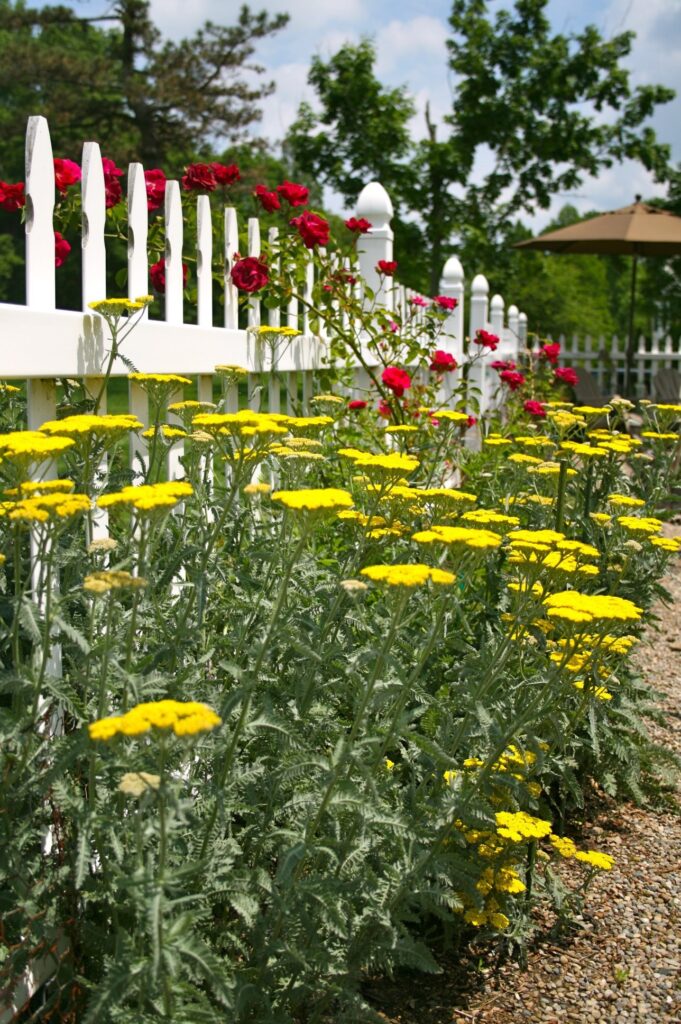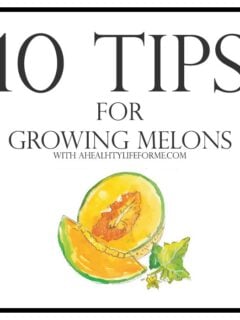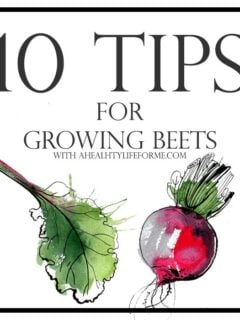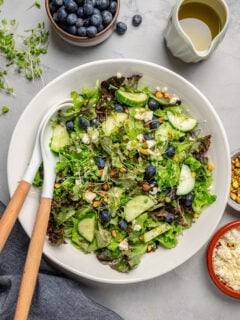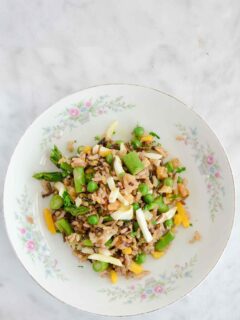Being an Organic Gardner means I have to accept that my produce may have holes and unsightly blemishes from pests. The trade off is that I am feeding my family and myself 100% clean food that has no poison on it or in it.
When you use pesticides and herbicides in a garden they do not only kill the bad insects but also the helpful insects.
So like almost all organic gardeners I choose to use the natural world around me to help repel pests and attract helpful insects. I do this by companion planting; companion planting is growing one kind of plant alongside a different kind of plant. Some plants attract helpful insects. Other plants confuse or repel insect pests. When these plants are interplanted, they can help protect your crops from insect pests.
Now do I believe this will keep all pests from my garden? No, of course not, but I strongly believe that it helps, and cuts down on the number of pests I may have to deal with. Another tactic that I use in the garden to lower my pest population is crop rotation. I will cover this in a separate post later in the season.
Most vegetable gardeners have planted our first batch of vegetables and the pests are probably already moved in, so its time to think about planting strategies to deter them from munching on your lovely veggies.
Many insect pests attack only certain kinds of crops. They spread more quickly if a large area is planted with only the kind of crop they eat. If you interplant crops,
it’s not as easy for insect pests to spread and cause damage. So, many gardeners interplant with herbs and flowers that have strong scents, which may confuse or repel insect pests looking for crops to feed on. Here are some combinations that many gardeners use.
Tomatoes
GOOD: Plant Basil, Marigold, Nasturtium, Parsley, Carrots, Chive, Garlic and Dill
BAD: Pole beans, Fennel, Potato
Eggplant
GOOD: Peppers, Spinach, Marigolds
BAD: Fennel
Carrots
GOOD: Beans, Brussels Sprouts, Chives,Lettuce, Leek, Onion, Peas, Radish, Rosemary, Sage and Tomato
BAD: Celery, Dill Parsnip
Cucumbers
GOOD: Beans, Dill, Marigold, Nasturtium, Onions, Radish, Marigolds
BAD: Potato
Lettuce
GOOD: Carrots, Garlic, Onion and Radish
BAD: None
Peas
GOOD: Carrots, Celery, Parsley, Radish, Spinach
BAD: Onion
Bush Beans
GOOD: Beets, Carrots, Celery, Lettuce, Radish, Rosemary, Marigold
BAD: Basil, Fennel, Onion
Pole Beans
GOOD: Carrots, Chard, Lettuce, Marigold, Radish, Rosemary
BAD: Basil, Beets, Fennel, Onion, Radish
Melon
GOOD: Nasturtium, Radish, Marigold
BAD: Potato
Try planting Yarrow, Black Eyed Susan, Aster, and candytuft to attract insects, birds and spiders to your garden to help eliminate those bad insects. They not only add color and beauty to the vegetable garden, but attract bees, hummingbirds, and beneficial insects.
Hope all is going well in your garden

